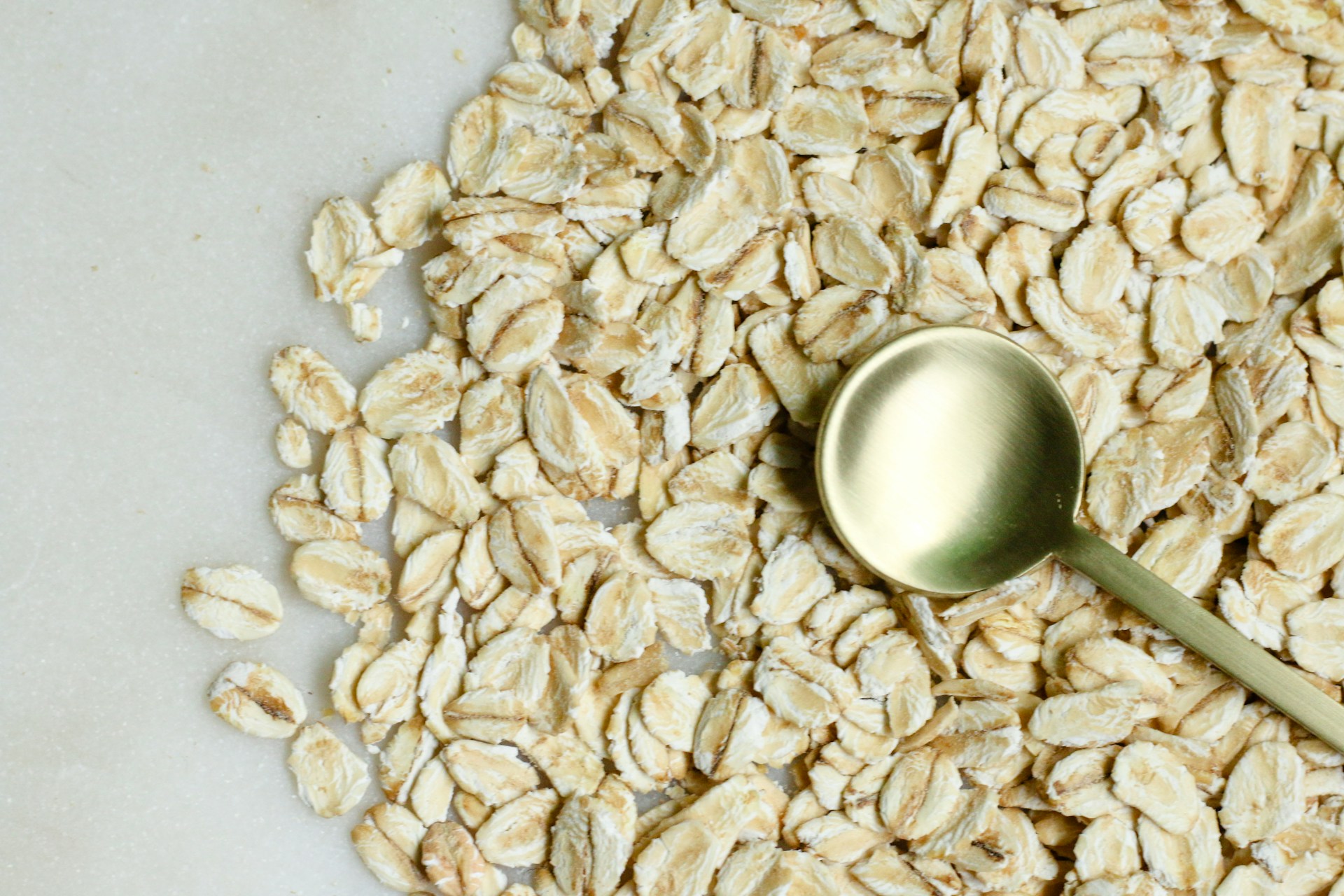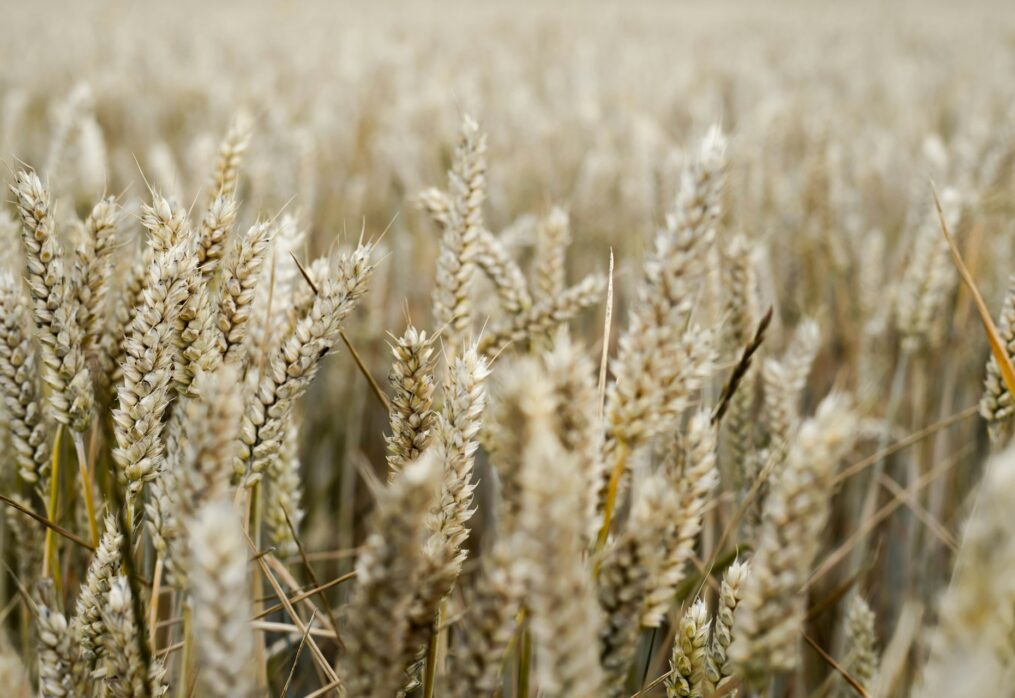Food oats could become a major crop in the EU
Area under food oats growing in the EU
Farmers in the European Union and the UK are increasingly turning their attention to food oats. Experts say the interest in this crop could lead to a reduction in wheat production.
In 2023, the EU will be the world’s leading producer of oats. Production of this cereal in the region amounted to 7.4 million tonnes. In the current season, the area under oat cultivation has increased, so we can expect an even more significant increase in production. Analysts point to some factors for the growing interest of farmers in this crop, including:
— increased demand for the grain on the world market;
— successful marketing campaigns to promote oat products;
— breeding programmes;
— development of new crop protection methods.
However, the crop price depends on demand, and any fluctuations can lead to an increase in value. It is worth noting that oat prices are already higher than wheat prices.
Programmes to expand oat production
Poland is the largest producer of food oats in the EU. In recent years, Baltic farmers have begun actively competing with the leader. Farmers use new technologies to increase yields and strengthen their market position.
14 years ago, Germany was the leading oats supplier, with a 61% market share. However, the country has gradually reduced its share to 41%. Local farmers have decided to return to the crop and increase production. To do this, they are using modern breeding developments from Nordsaat.
A programme to promote oats in Germany is essential in increasing the area under cultivation. For example, local fast-food restaurant Haferkater has launched a line of porridge that is in high demand with consumers.
In the Netherlands, similar practices have been introduced. Scientists have unveiled an initiative to help bring oats back into the diet of local people. They have developed valuable products from the crop — bars, muesli and others. The aim is not only to increase grain consumption but also to increase its production in the country.
Production forecasts for other crops
COCERAL has analysed the European cereal production market. EU and UK harvests will be around 296 million tonnes in 2024. Analysts have lowered their expectations by 1 million tonnes. Even with the revision, the region’s cereal production will be 3 million tonnes higher than in 2023.
Analysts expect the wheat harvest to be more than 134 million tonnes, 4% below last year’s figures. The forecast does not include durum. At the end of 2023, many European countries experienced record rainfall, making sowing for winter crops difficult. This included France, the Baltic region, the UK and Germany. In Spain, however, conditions were favourable for wheat. Local farmers harvested a large winter crop.
Expectations for barley production:
— the EU and UK crops will be over 61 million tonnes this season;
— and around 55 million tonnes in 2023;
— Spain, Denmark and Finland are expected to do better than last season.
COCERAL forecasts a corn harvest of 64.3 million tonnes. Last year, European farmers harvested less than 63 million tonnes.
